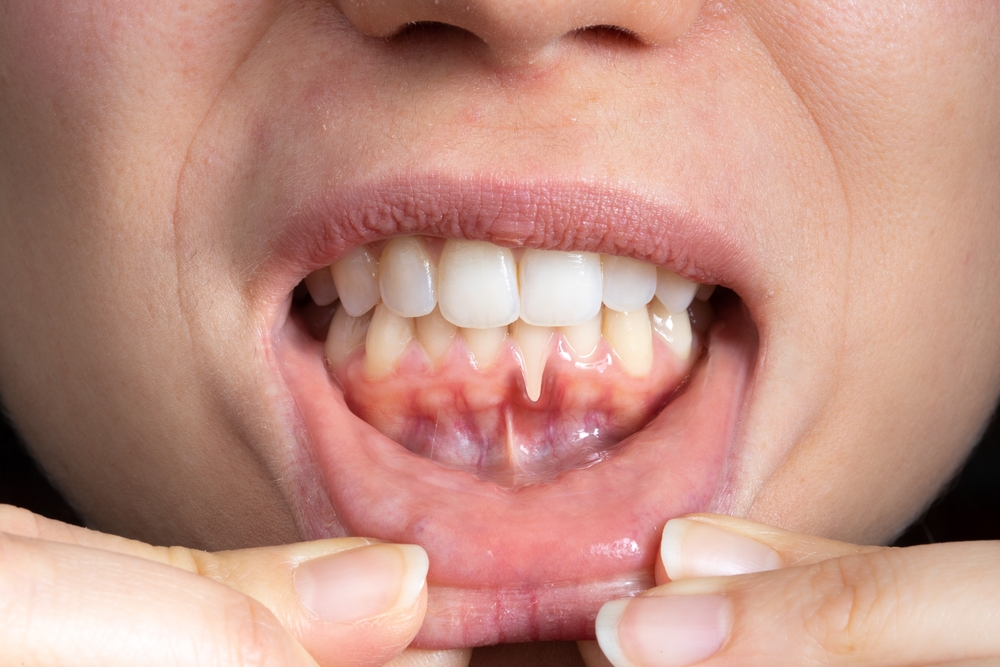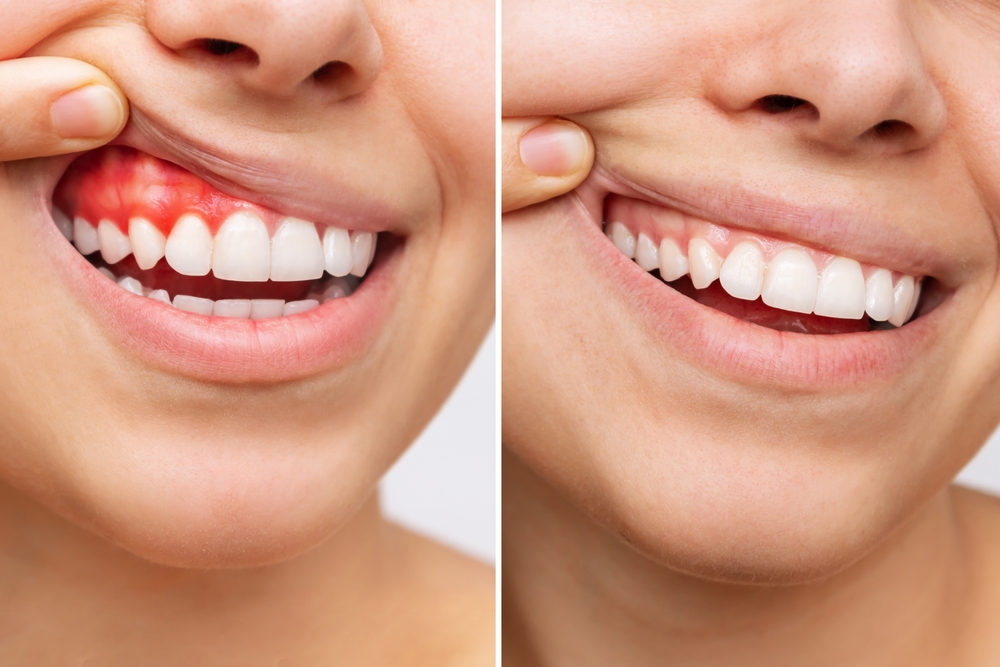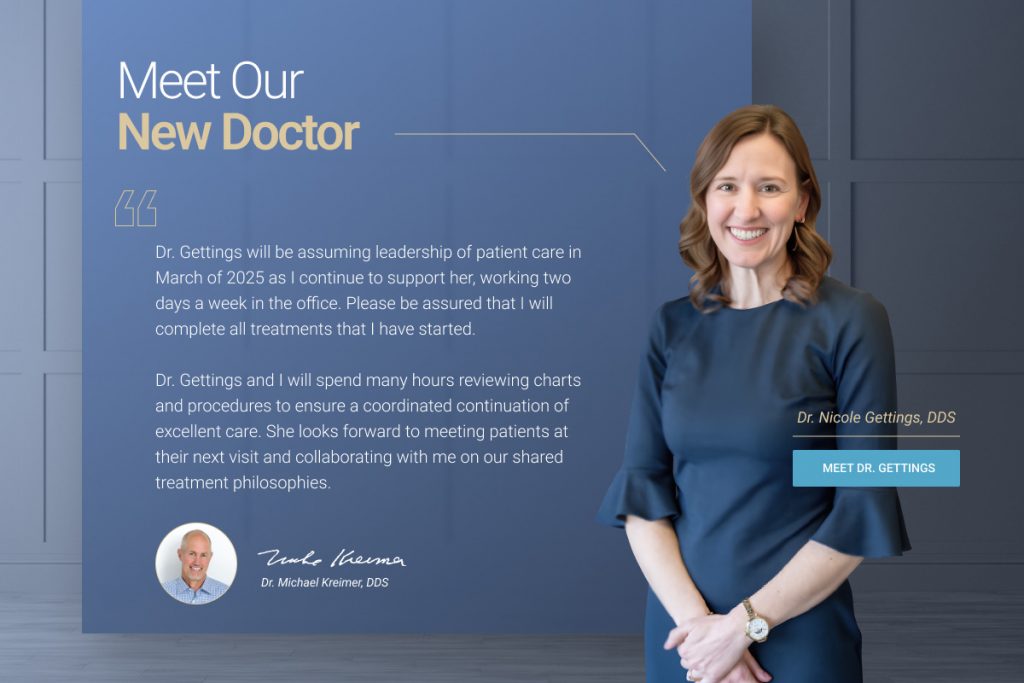A Powerful Tool in the Fight Against Periodontal Infection
Gum disease, or periodontal disease, is a prevalent oral health issue resulting from bacterial accumulation in the mouth. If not addressed, it can lead to inflammation, bleeding, and potentially tooth loss. One of the most effective methods to combat gum disease is through the use of antibiotics.
If you are experiencing symptoms of gum disease and need treatment, call our Loveland dental office today at (513) 677-3656. We proudly serve patients from the surrounding communities of Milford, Middletown, and Cincinnati.
Understanding the Stages of Periodontal Disease
Periodontal disease is a multifaceted condition influenced by various factors, including bacterial infection, the body’s immune response, and environmental elements. The disease progresses through four stages: mild, moderate, advanced, and severe. Each stage is defined by the extent of bone loss and the depth of periodontal pockets around the teeth. Recognizing the stage and grade of periodontal disease is essential for devising an effective treatment plan. Early detection and intervention can prevent the progression of the disease and preserve your oral health.
What Is Antibiotic Therapy?
Antibiotic therapy utilizes medications designed to target and kill bacteria contributing to gum disease. When combined with traditional non-surgical treatments such as scaling and root planing, antibiotics can significantly reduce inflammation, improve oral hygiene, and prevent further damage to the gum tissue and bone surrounding the teeth. Systemic antibiotics play a crucial role in enhancing the effects of mechanical periodontal therapy, especially in cases of periodontitis.
Antibiotics may be administered in various forms, including oral antibiotics, mouth rinses, or injections into the affected area. Following the prescribed dosage and completing the entire treatment course is essential for maximizing effectiveness and minimizing the risk of developing bacterial resistance. By collaborating with your dentist to create a personalized treatment plan, antibiotic therapy can be a powerful asset in the fight against gum disease.

Types of Antibiotics
Several antibiotics may be prescribed to treat periodontal disease, including:
- Tetracyclines: This group of antibiotics is commonly used in treating gum disease. They inhibit bacterial growth and reduce inflammation, available in oral or topical forms.
- Macrolides: Macrolides work by preventing bacteria from synthesizing proteins necessary for reproduction and growth. These antibiotics are typically taken orally.
- Penicillins: Effective against the bacteria causing gum disease, penicillins inhibit bacterial cell wall formation, leading to bacterial death. They can be administered orally or via injection.
- Ciprofloxacin: Ciprofloxacin is the only antibiotic effective against all strains of A. actinomycetemcomitans, making it unique in periodontal therapy. It also has minimal impact on beneficial streptococcus species.
Benefits of Antibiotic Therapy
Antibiotic therapy offers numerous benefits, including:
- Cures the infection and alleviates symptoms: Antibiotics can effectively eliminate bacterial infection and reduce swelling and discomfort. They target periodontal pathogens like P. gingivalis and A. actinomycetemcomitans, which are major contributors to periodontal diseases.
- Prevents infection spread: This is crucial for dental infections which can extend to the jawbone or even enter the bloodstream if untreated.
- Safe and easy administration: Most antibiotics can be taken in convenient forms, making them accessible and straightforward to use.
- Minimal side effects: Most patients experience few side effects from antibiotics.
- Enhances other treatments’ effectiveness: When used alongside other therapies, antibiotics can boost overall treatment success.
- Reduces recurrence risk: By decreasing the bacterial population that causes gum disease, antibiotics can help prevent the condition from returning.

How Antibiotic Treatment Works
Antibiotic therapy functions by targeting the bacteria responsible for the infection. After administration, the antibiotics enter the bloodstream and reach the infection site. There, they either kill the bacteria or inhibit their growth, allowing your immune system to fight the infection more effectively. Periodontal therapy often involves the use of antibiotics as adjuncts to conventional mechanical treatment to enhance the effectiveness of the treatment.
However, not all bacterial infections require antibiotics, as some may be resolved by the immune system without additional help. Dr. Michael Kreimer in Loveland will assess your condition to determine whether antibiotic therapy is necessary. Targeted antibiotic therapy is particularly important for adult periodontitis patients who continue to experience attachment loss despite conventional treatment.
Preparing for Antibiotic Therapy
Before embarking on antibiotic therapy, it is crucial to prepare adequately to ensure the treatment’s success. Here are some steps to take:
- Inform Your Dentist: Share any medical conditions, allergies, or medications you are currently taking with your dentist. This information helps tailor the treatment to your specific needs.
- Discuss Risks and Benefits: Have a thorough discussion with your dentist about the potential risks and benefits of antibiotic therapy. Understanding these aspects will help you make an informed decision.
- Complete the Full Course: It is vital to complete the entire course of antibiotics as prescribed, even if symptoms improve early. This practice maximizes effectiveness and minimizes the risk of developing antibiotic resistance.
- Maintain Good Oral Hygiene: Support your treatment by maintaining excellent oral hygiene practices, such as brushing and flossing regularly. This helps control bacterial infection and promotes healthy gum tissue.
- Avoid Harmful Habits: Steer clear of tobacco use and limit sugary and acidic foods and drinks. These habits can exacerbate gum disease and hinder the healing process.
By following these preparatory steps, you can enhance the effectiveness of antibiotic therapy and take a significant step toward achieving optimal oral health.

Antibiotic Alternatives
While antibiotics are effective, there are other periodontal treatment options available for gum disease:
- Herbal remedies: Some herbs, such as tea tree oil and echinacea, possess natural antibacterial properties that can assist in fighting the bacteria responsible for gum disease.
- Probiotics: These beneficial bacteria promote a balanced oral microbiome, helping keep harmful bacteria at bay. Probiotics can be taken as supplements or consumed through fermented foods like yogurt.
- Laser Therapy: This non-invasive treatment employs specialized dental lasers to eliminate plaque and oral bacteria from the gum line.
Costs of Antibiotics
The cost of antibiotic therapy to treat gum disease can vary based on several factors, including the specific antibiotics prescribed, treatment duration, severity of the gum disease, geographic location, and dental provider fees. Antibiotics are generally used alongside non-surgical treatments like scaling and root planing or periodontal surgery.
Prices for antibiotics can range from relatively inexpensive generic options to pricier brand-name medications. As not all cases of gum disease necessitate antibiotics, dental professionals will evaluate each case individually to decide on the best course of action.
For an accurate estimate related to treatment costs, consulting with our Loveland dental office is advisable. Our local team can provide a comprehensive treatment plan and cost breakdown. It’s also essential to check with your provider to understand dental insurance coverage for antibiotic therapy and related services.
Frequently Asked Questions
How long does it take for antibiotics to work in treating gum disease?
The duration for antibiotics to show effects in treating gum disease varies, but generally, most patients notice improvements within a few days to a week of starting treatment. It is crucial to complete the prescribed treatment, even if symptoms improve rapidly.
What are the common side effects of antibiotics used in gum disease treatment?
Common side effects may include upset stomach, diarrhea, and yeast infections. Some individuals may experience allergic reactions, such as hives or difficulty breathing. Discuss any concerns with your dentist prior to starting antibiotics.
Can antibiotics be used solely for gum disease treatment, or do they need to be combined with other therapies?
Antibiotics are typically used with other treatments like scaling and root planing. While they effectively control bacterial infections, they do not always address underlying issues that contribute to gum disease.
Are there any risks or complications associated with long-term antibiotic use for gum disease?
Long-term antibiotic use can increase the risk of developing antibiotic resistance, complicating future infection treatments. It is vital to use antibiotics judiciously and as directed by your dental practitioner.
Take Control of Your Oral Health With Antibiotic Therapy for Gum Disease
Antibiotics can swiftly and effectively reduce the bacterial infection that leads to gum disease, improving your oral health and overall well-being. Don’t let fears of side effects or concerns about long-term use prevent you from improving your dental health.
With support and guidance from a dental professional, you can achieve and maintain a healthy, confident smile. Contact our Loveland dental office today to learn more about antibiotic therapy and other effective treatments for gum disease. We are proud to serve patients from the nearby communities of Milford, Middletown, and Cincinnati.
Call (513) 677-3656 to schedule your dental appointment and take the first step toward a healthier smile!


